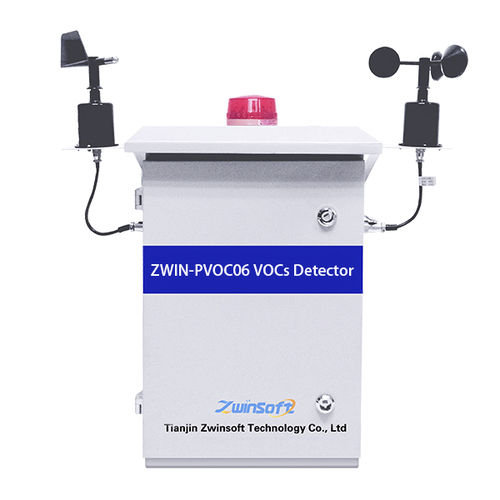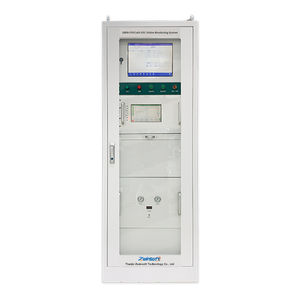
- Detection - Measurement
- Position, Speed and Acceleration Measurements
- Multi-gas detector
- Tianjin Zwinsoft Technology Co.,Ltd.
VOC detector ZWIN-PVOC06multi-gastoxic gasdigital
Add to favorites
Compare this product
Characteristics
- Detected entity
- multi-gas
- Gas type
- toxic gas, VOC
- Technology
- digital, PID
- Application
- monitoring, industrial, outdoor, laboratory, process, for hazardous areas, inspection, security, for the food industry, for the pharmaceutical industry
- Other characteristics
- with alarm, fixed, real-time, high-sensitivity, remote, with digital display, explosion-proof, high-performance, advanced performance, high-precision, professional, OEM
- Output
- Modbus, IoT
Description
Introduction
ZWIN-PVOC06 VOCs detector is on-line monitoring instrument of volatile organic compounds (VOC) based on the principle of photoion detection. It is fast in response with no poisoning phenomenon.
Principle
PID is a photoionization detector, mainly used to detect low-concentration volatile organic compounds and other toxic gases in the concentration range of 1ppb-15000ppm. The PID adopts an ultraviolet light source to ionize organic molecules into positive and negative ions (ionization) that can be detected by the detector. The detector captures the positive and negative charges of the ionized gas and convert it into a current signal to measure the gas concentration. When the gas to be detected absorbs high-energy ultraviolet light, the gas molecules are excited by the ultraviolet light and temporarily lose electrons and become positively charged ions.
Detactable gases
Carbon-containing VOCs:
Aromatic: a series of compounds containing benzene ring, such as: benzene, toluene, ethylbenzene, xylene, etc.;
Ketones and Aldehydes: Compounds that contain a C=O bond. For example: acetone, butanone, formaldehyde, acetone, aldehyde, etc.;
Amines and Amino Compounds: N-containing hydrocarbons. For example: diethylamine, etc.;
Halogenated hydrocarbons: such as trichloroethylene (TCE), perchloroethylene (PCE), etc.;
Sulfur-containing organics: methyl mercaptan, sulfide, etc.;
Unsaturated hydrocarbons: butadiene, isobutene, etc.;
Saturated hydrocarbons: butane, octane, etc.;
Alcohols: isopropyl alcohol (IPA), ethanol, etc.
carbon-free VOCs:
Ammonia;
Semiconductor gases: arsine , phosphine ;
hydrogen sulfide;
Nitrogen oxides;
Bromine and iodine
Catalogs
ZWIN-PVOC06
2 Pages
Exhibitions
Meet this supplier at the following exhibition(s):


Other Tianjin Zwinsoft Technology Co.,Ltd. products
VOC Detector
*Prices are pre-tax. They exclude delivery charges and customs duties and do not include additional charges for installation or activation options. Prices are indicative only and may vary by country, with changes to the cost of raw materials and exchange rates.







